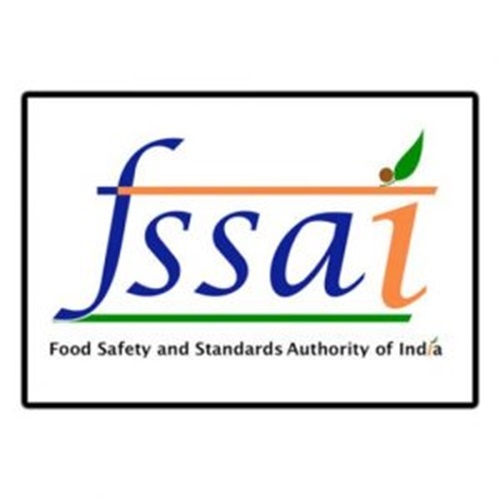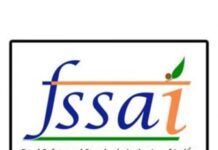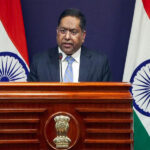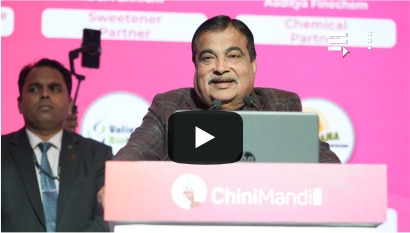Hyderabad: In a major public health move, dietary guidelines from Hyderabad-based ICMR–National Institute of Nutrition (NIN) will soon be displayed across central government institutions across India, including schools, colleges, and other public offices. The initiative comes in response to the Union Health Ministry’s recent regulations aimed at reducing daily intake of sugar and oil to curb the growing threat of lifestyle-related diseases, reported The Times of India.
The NIN, in collaboration with the Food Safety and Standards Authority of India (FSSAI), has prepared posters recommending a daily limit of 25 grams of sugar (around five teaspoons) and 30 grams of edible oil, ghee, or butter (about six teaspoons). These limits are based on a standard 2,000-calorie daily diet.
“Just one sugary drink a day can push sugar intake above the recommended limit,” noted a scientist involved in designing the posters. “Earlier, the upper limit was 50 grams, but it’s now halved to 25 grams due to the sharp increase in lifestyle diseases.”
The posters will be displayed not only in central institutions but also in CBSE and ICSE schools, recognizing the need to raise awareness among India’s large adolescent population, which is increasingly vulnerable to unhealthy eating habits and related health risks.
Dr. Swetha A, a Hyderabad-based clinical dietician, explained that both sugar and oil are often consumed in excess without people realizing it. “Added sugar—like what we put in tea or coffee—offers no nutritional benefit, just empty calories,” she said. “Even honey, biscuits, and processed foods contribute significantly. In some households, sugar is added to even vegetable dishes.”
Fats are another area of concern. “We don’t just consume visible fats like oil in cooking but also hidden fats from dairy, nuts, seeds, and packaged foods,” she added. “This often leads to a total fat intake that is far higher than recommended. Even small changes—like reducing oil use by a quarter of a teaspoon—can make a difference over time.”
Dr. Swetha said that while five teaspoons of sugar and six of oil is a general guideline, the actual requirement may vary based on a person’s activity level and metabolism. “But the key lies in moderation and balance to prevent non-communicable diseases (NCDs),” she stressed.
Dr. Avula Laxmaiah, a public health nutrition expert and former ICMR-NIN scientist, pointed out that rising NCDs are not only the result of diet, but also of a sedentary lifestyle. “Earlier, these illnesses were seen mostly among wealthier groups. But now we are seeing them across all income levels,” he said. He added that Asian Indian genes are more likely to store fat, making the population more vulnerable.
The initiative aims to combat the rising tide of NCDs such as diabetes, obesity, high blood pressure, heart disease, and some cancers. According to a 2025 Lancet study cited by the health ministry, the number of obese adults in India is expected to more than double—from 18 crore in 2021 to 44.9 crore in 2050—placing India second in global rankings.
A local survey by the Hyderabad-based Helping Hand Foundation found that one in three households in the city is already affected by lifestyle-related illnesses.
With these warnings in mind, health experts hope the campaign will make people more aware of hidden sugars and fats in their diets and encourage better eating habits—before the consequences become irreversible.















